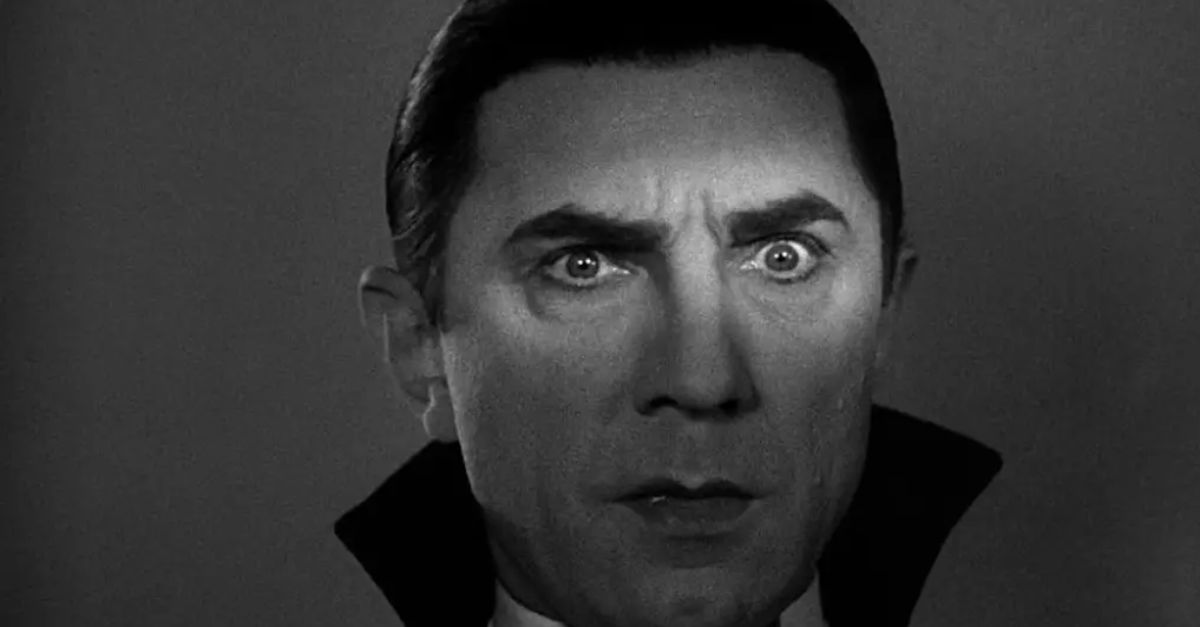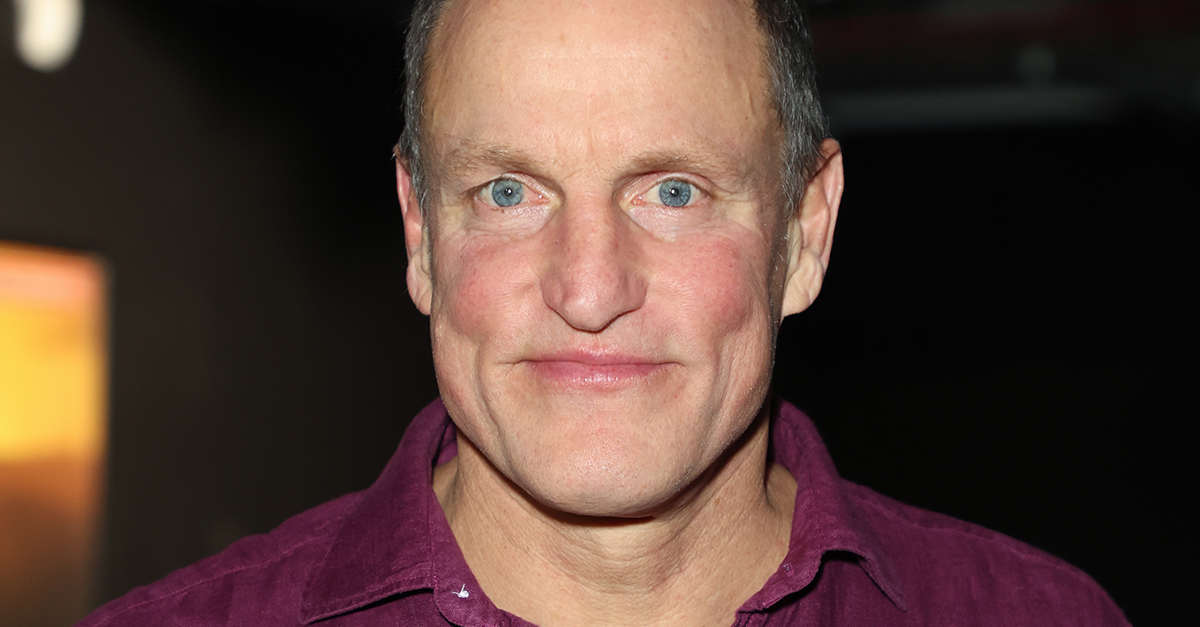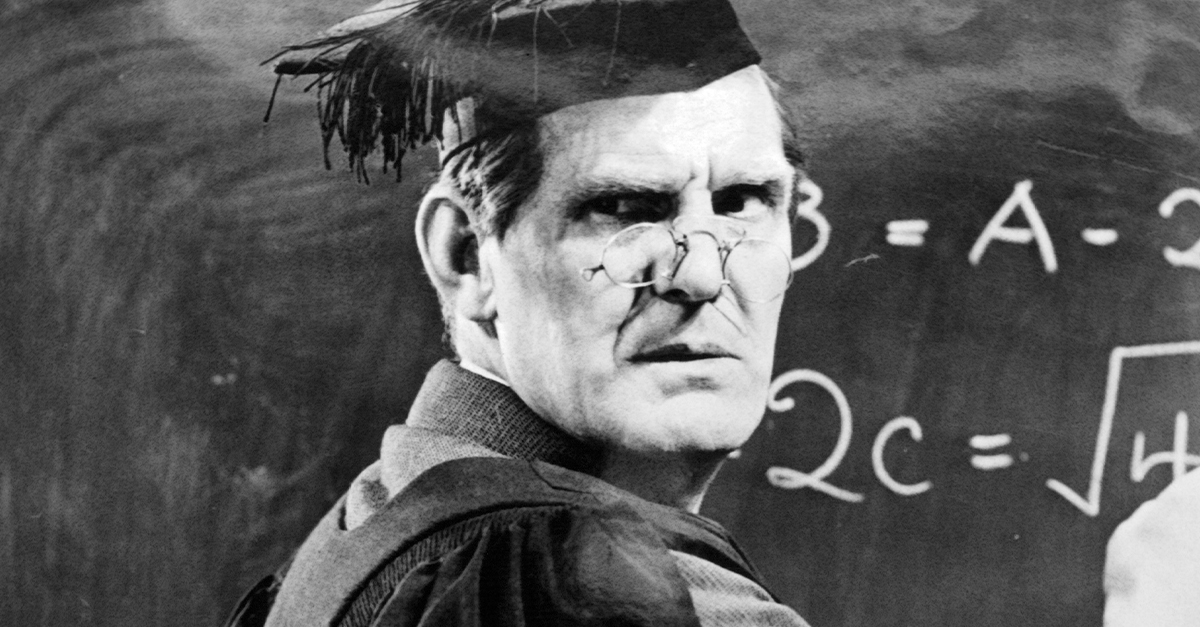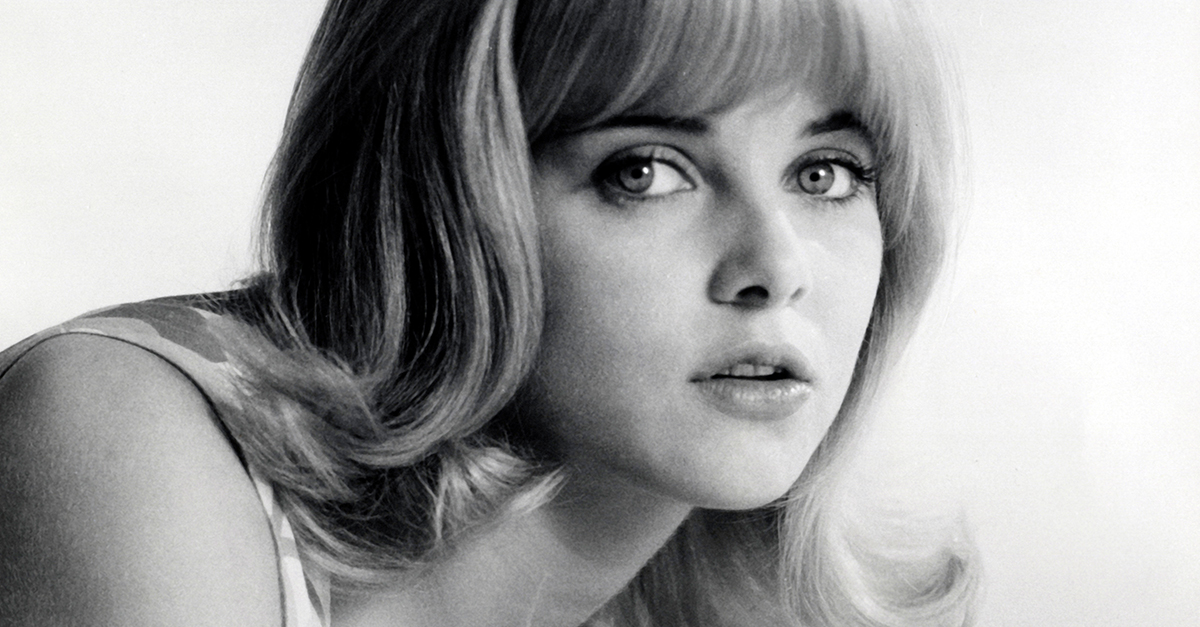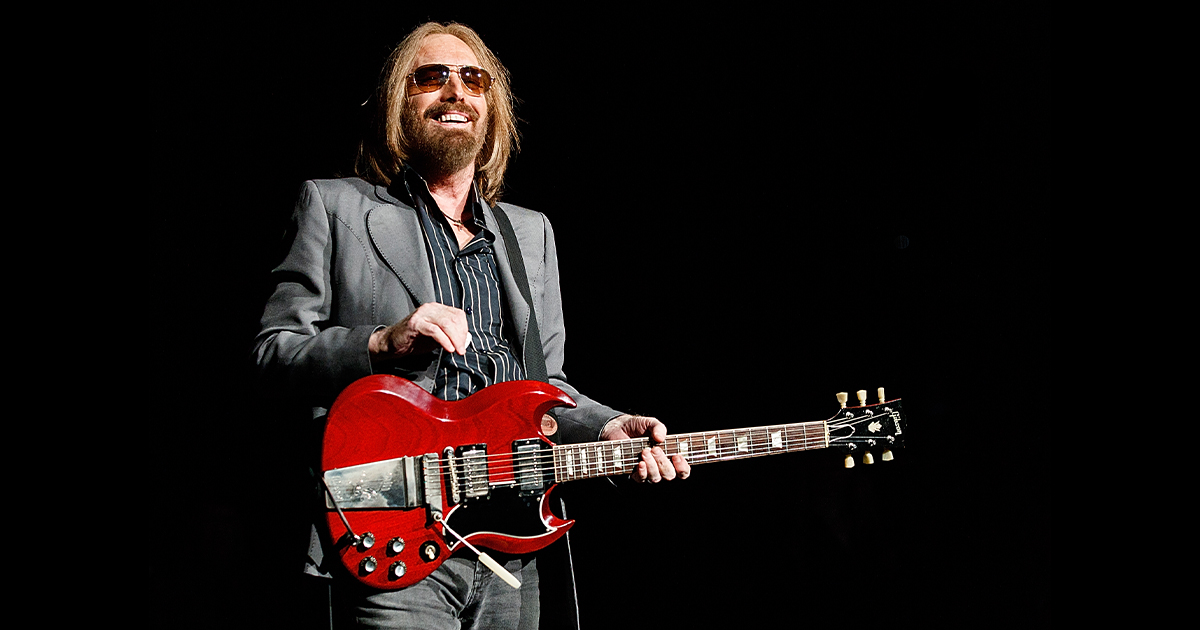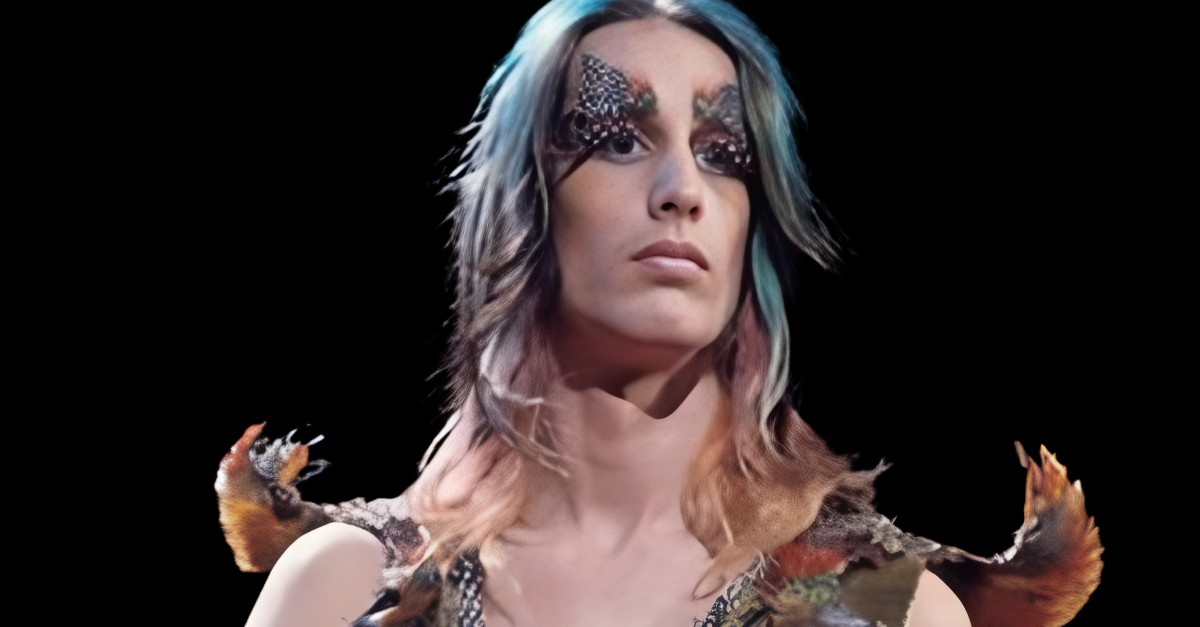A Legacy That Still Lurks In The Dark
It’s time to revisit the birthplace of Hollywood horror royalty. Universal’s idea of horror—through fog-drenched forests and crumbling castles—is why we still clutch our popcorn tighter and sleep with one eye open.
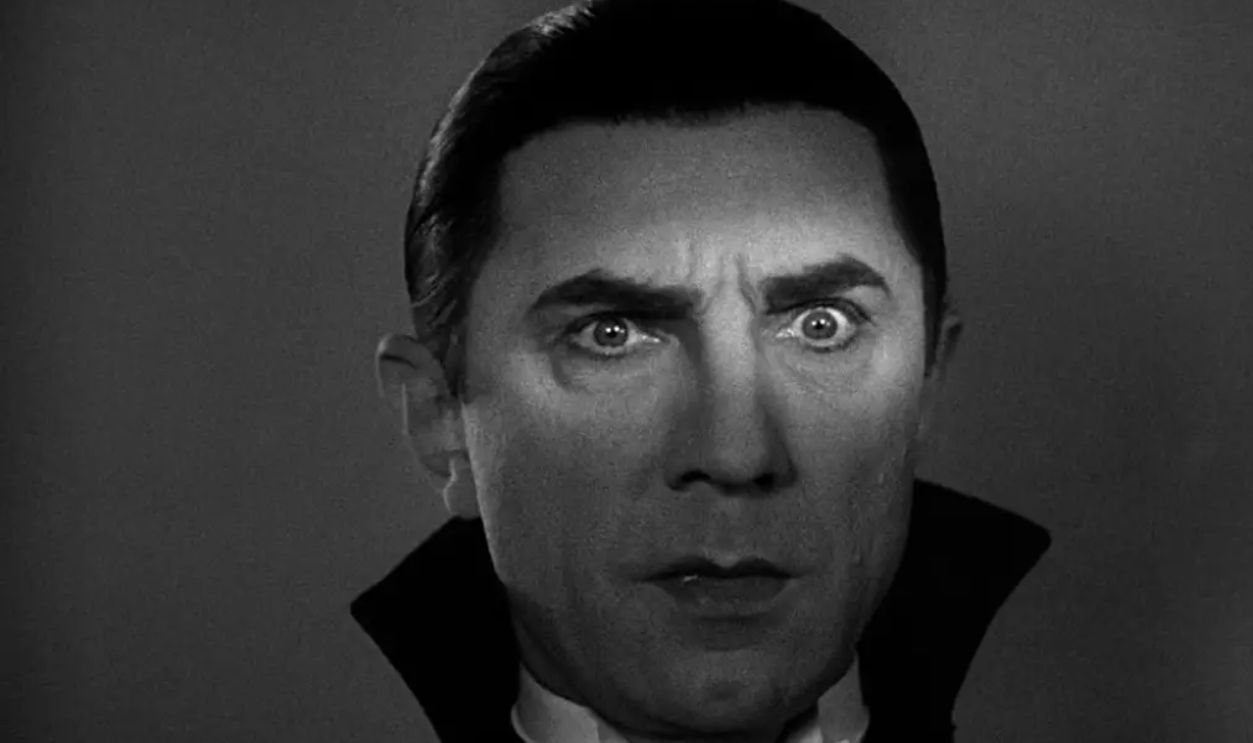
Dracula (1931)
The curtain rose on a new kind of horror when Bela Lugosi stepped into the role of Count Dracula. Directed by Tod Browning, the film was pulled from the stage version rather than the novel by Bram Stoker. It marked Universal's first significant success in the sound-era horror genre and set the tone for monster cinema.
 Screenshot from "Internet Archive" of the movie Dracula (1931), Wikimedia Commons
Screenshot from "Internet Archive" of the movie Dracula (1931), Wikimedia Commons
Frankenstein (1931)
James Whale brought Frankenstein's creature to life with visual power and human depth. Boris Karloff's silent stare and Jack Pierce's bold makeup turned the monster into an icon. The movie earned strong returns across US theaters and helped establish Universal's horror legacy.
 Universal Studios, Wikimedia Commons
Universal Studios, Wikimedia Commons
The Mummy (1932)
Director Karl Freund, a former cinematographer, filled the screen with mood and silence rather than nonstop action. It was inspired by the real-world excitement over King Tut's tomb and explored the concept of reincarnation and the theme of lost love. With wrapped limbs and ancient grief, Boris Karloff's Imhotep walked straight into legend.
 Trailer screenshot, from DVD The Mummy, Universal 2004, Wikimedia Commons
Trailer screenshot, from DVD The Mummy, Universal 2004, Wikimedia Commons
Murders In The Rue Morgue (1932)
Directed by Robert Florey, this movie leaned into eerie shadows and bold visual angles drawn from European art styles. Although it struggled at the box office, its strange tone lingered with genre fans. Bela Lugosi returned as a twisted doctor in a story that’s loosely based on Edgar Allan Poe's work.
 Universal Studios, Wikimedia Commons
Universal Studios, Wikimedia Commons
The Invisible Man (1933)
Claude Rains, though barely visible, lent madness and charm to the Invisible Man’s voice. Universal’s dazzling effects—achieved with black velvet and double exposure—were loved by audiences. James Whale brought eerie flair and sharp wit to his adaptation of HG Wells’s tale by shaping one of the studio’s best sagas.
 The Invisible Man (1933) - I'll Show You Who I Am Scene (1/10) | Movieclips by Movieclips
The Invisible Man (1933) - I'll Show You Who I Am Scene (1/10) | Movieclips by Movieclips
The Black Cat (1934)
Two haunted men meet in a house built on ruins. Boris Karloff and Bela Lugosi starred together for the first time as rivals trapped by war and revenge. Director Edgar G Ulmer used surreal design and chilling silence to craft Universal's biggest horror hit of the 1930s.
 Unknown authorUnknown author (Universal Pictures), Wikimedia Commons
Unknown authorUnknown author (Universal Pictures), Wikimedia Commons
Bride Of Frankenstein (1935)
James Whale, who had directed the original Frankenstein, returned for the sequel and shaped a sorrowful tale with bold visual design. Elsa Lanchester portrayed both Mary Shelley and the Bride by infusing the story with reflection and tragic emotional weight. The film opened with a storm and explored deep loneliness.
 Universal Pictures, Wikimedia Commons
Universal Pictures, Wikimedia Commons
Werewolf Of London (1935)
A bite in fog-drenched London triggered a terrifying change in Werewolf of London (Universal’s first major werewolf film). The lead role of the cursed botanist carried a quieter intensity, enhanced by Jack Pierce’s more restrained makeup. Its moonlit transformation and botanical cure indeed left a lasting impression.
 100 YEARS OF HORROR #16: Werewolf of London (1935) by Haunted Blowfish
100 YEARS OF HORROR #16: Werewolf of London (1935) by Haunted Blowfish
Dracula's Daughter (1936)
Dracula’s demise left behind an unsettling legacy that refused to fade. Haunted by desire and past horrors, Countess Zaleska emerges in Dracula’s Daughter, torn between freedom and compulsion. With quiet force and elegance, Gloria Holden delivered a performance that sparked controversy and critical admiration.
 Trailer screenshot, Wikimedia Commons
Trailer screenshot, Wikimedia Commons
Son Of Frankenstein (1939)
Years after the villagers scattered, the castle still stood. Basil Rathbone arrived as the Baron's son, determined to restore the family name. Karloff returned for his final appearance as the Monster, while Bela Lugosi's eerie performance as Ygor stole nearly every scene.
 Universal Studios, Wikimedia Commons
Universal Studios, Wikimedia Commons
The Mummy's Hand (1940)
A new presence rose from the tomb as the sands of the story shifted. Tom Tyler’s portrayal of Kharis brought rigid strength to The Mummy’s Hand, which borrowed music and footage from The Mummy to expand its scope. Action and mystery took the lead this time.
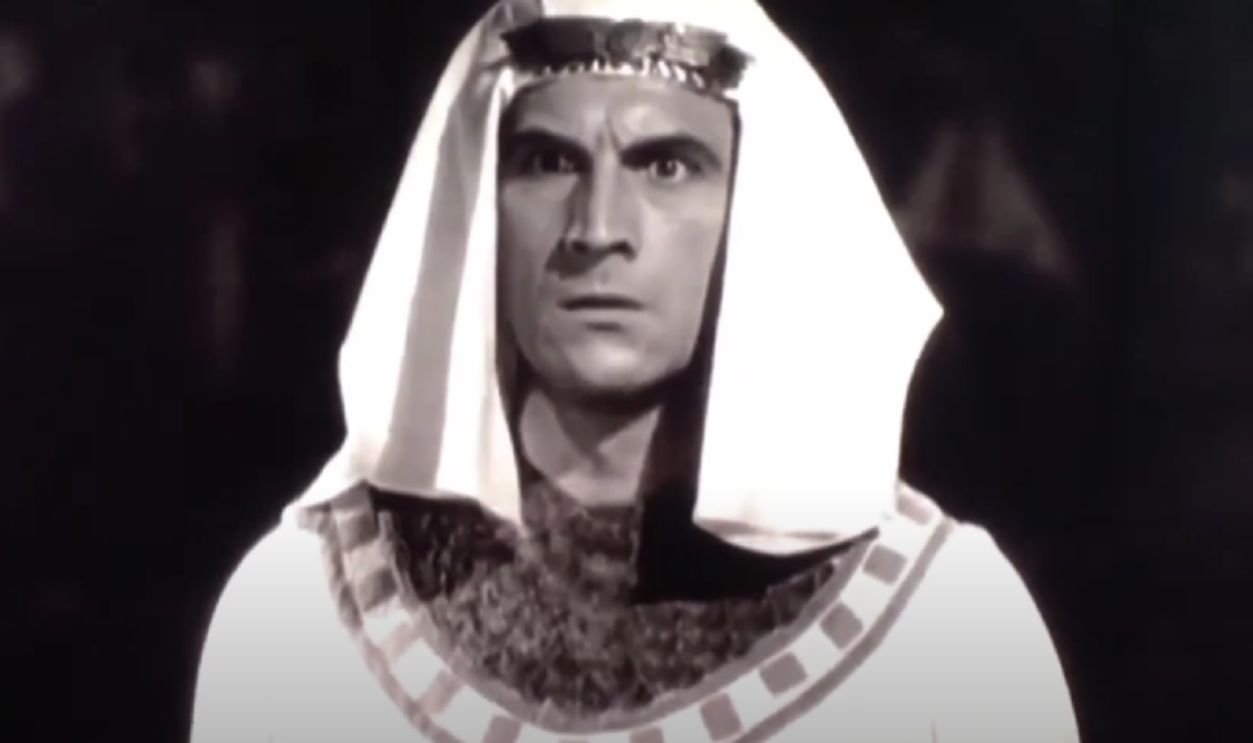 The Mummy's Hand (1940) - Mummy-athon by HanyoPlays
The Mummy's Hand (1940) - Mummy-athon by HanyoPlays
The Invisible Man Returns (1940)
For his horror debut, Vincent Price inherited a spectral mantle. A man accused of murder uses invisibility to prove his innocence in The Invisible Man Returns. Ingenious double exposure techniques brought the illusion to life and earned an Oscar nomination for Special Effects.
 The Invisible Man Returns ≣ 1940 ≣ Trailer by TrailerTrackerEnglish
The Invisible Man Returns ≣ 1940 ≣ Trailer by TrailerTrackerEnglish
Man Made Monster (1941)
Before The Wolf Man took shape, Lon Chaney Jr starred in Man Made Monster as a carnival performer turned electric killer. Directed by George Waggner, who would soon revisit horror with The Wolf Man, the movie echoed rising fears of unchecked scientific power and unnatural transformation.
 MAN MADE MONSTER (1941) Clip by Eurekaentertainment
MAN MADE MONSTER (1941) Clip by Eurekaentertainment
The Wolf Man (1941)
A haunting blend of sorrow and craftsmanship reshaped the werewolf mythos for a new era. Lon Chaney Jr portrayed Larry Talbot, a man tormented by more than just a monstrous form. A relentless curse stirred beneath the moonlight—and its legacy lived on in this one.
 unknown (Universal Pictures), Wikimedia Commons
unknown (Universal Pictures), Wikimedia Commons
Ghost Of Frankenstein (1942)
In The Ghost of Frankenstein (1942), Lon Chaney Jr stepped in as the Monster for the first and only time to replace Boris Karloff. Bela Lugosi reprised his role as Ygor, which marked his final appearance as the devious character after rising to fame as Dracula.
 Trailer: The Ghost of Frankenstein (1942) by Classic Horrors
Trailer: The Ghost of Frankenstein (1942) by Classic Horrors
Invisible Agent (1942)
Jon Hall took on the role of the original Invisible Man’s grandson, who uses the serum to fight Nazi spies. The focus shifted from fear to espionage in Invisible Agent, where inventive effects echoed Hollywood’s growing role in wartime propaganda and patriotic storytelling.
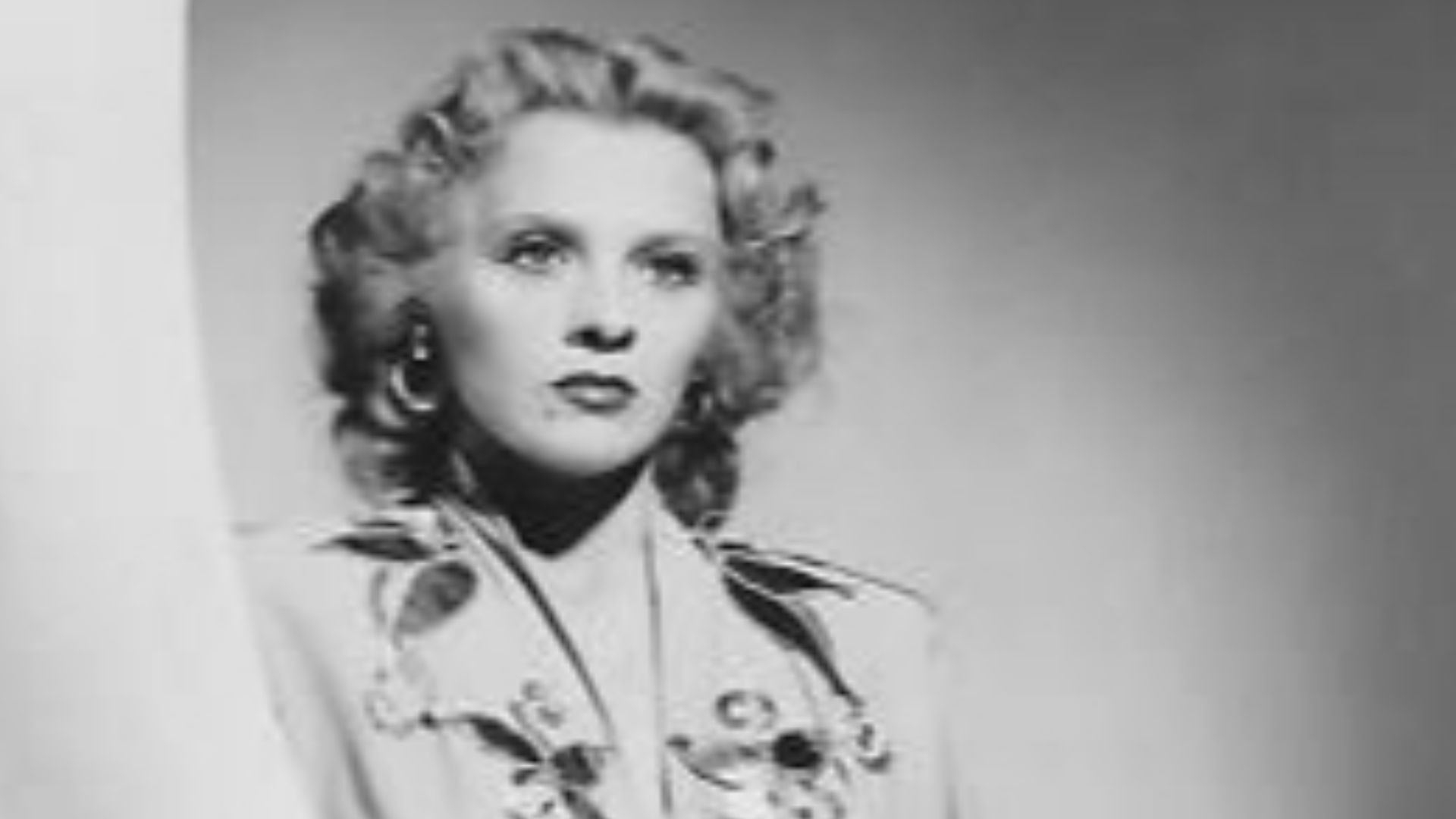 Photo: Universal Studios, Wikimedia Commons
Photo: Universal Studios, Wikimedia Commons
The Mummy's Tomb (1942)
Set thirty years after The Mummy’s Hand, the story drifted into a quiet New England town, where darkness crept in with time. Lon Chaney Jr portrayed Kharis, his haunting shuffle revealed through reused scenes and flashbacks. Rural America now felt the weight of ancient dread.
 The Mummy's Tomb (1942) Carnage Count by Carnage Counts
The Mummy's Tomb (1942) Carnage Count by Carnage Counts
Frankenstein Meets The Wolf Man (1943)
Universal’s first true crossover came when two legendary shadows finally collided. Lon Chaney Jr returned as the anguished Talbot, and Bela Lugosi assumed the role of Frankenstein’s Monster. Frankenstein Meets the Wolf Man served as the turning point that reshaped the studio’s legacy.
 Universal Studios, Wikimedia Commons
Universal Studios, Wikimedia Commons
House Of Frankenstein (1944)
House of Frankenstein drew crowds with its monster mayhem—and held them with pure chaos. Dracula, now played by John Carradine, appeared alongside Frankenstein’s Monster in a tale of revivals and betrayals. This horror mash-up demonstrated how unpredictability can fuel the genre’s enduring appeal.
 Universal Studios, Wikimedia Commons
Universal Studios, Wikimedia Commons
The Mummy's Ghost (1944)
In The Mummy’s Ghost, the idea that love can transcend lifetimes took a chilling turn. Kharis brought the ancient curse to a quiet American town by hunting his reincarnated beloved. As shadows deepened and violence escalated, the film embraced a far darker, more fatalistic tone.
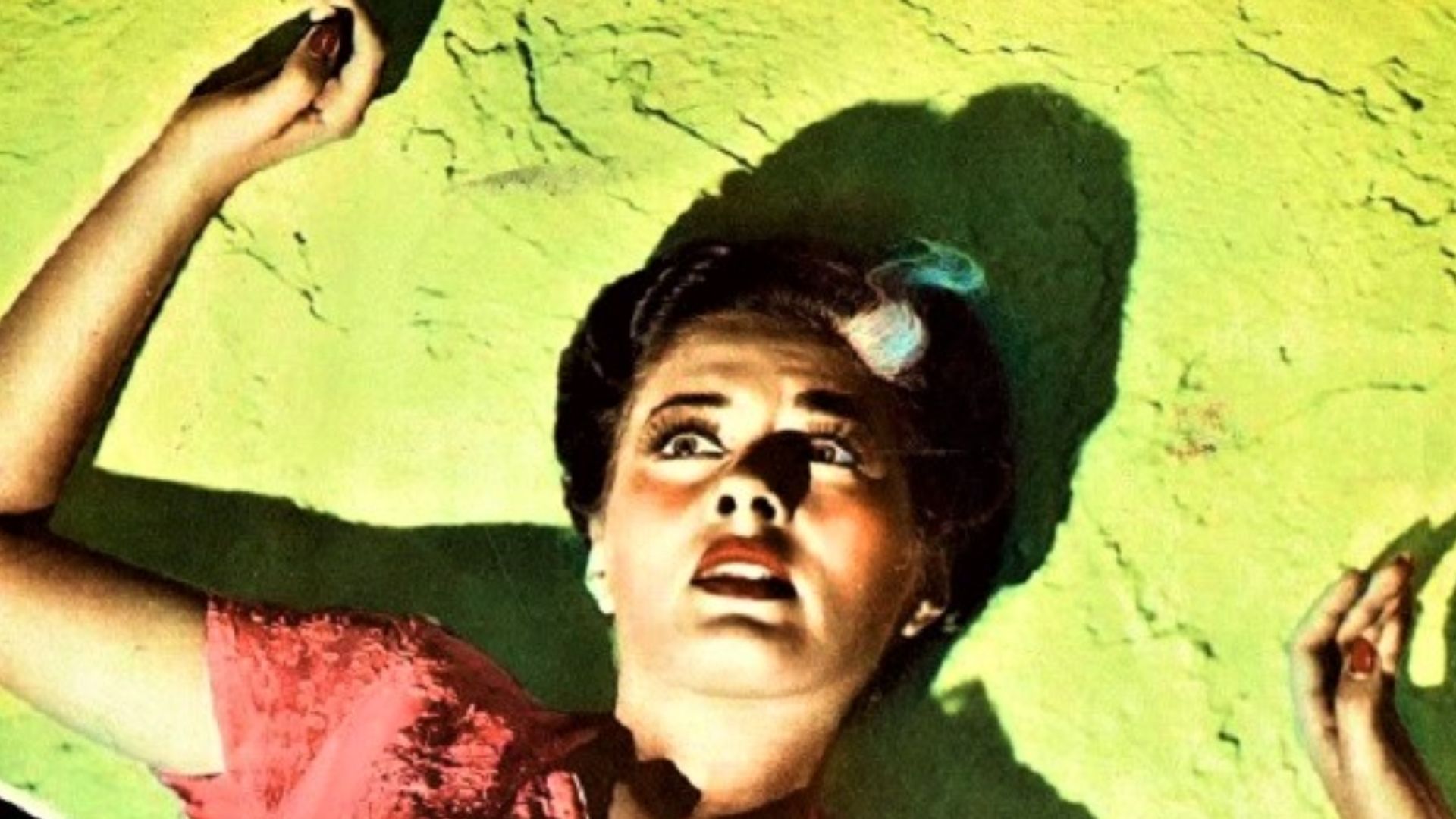 Realant Picture, Wikimedia Commons
Realant Picture, Wikimedia Commons
The Invisible Man's Revenge (1944)
Though the formula evolved, The Invisible Man’s Revenge proved invisibility remained a potent threat. This time, Jon Hall took on a new role—as a fugitive turned invisible, seeking vengeance on those who wronged him. The story leaned hard into themes of loss and menace.
 The Invisible Man's Revenge - MONSTERTHON #32 by Hot Quality Content
The Invisible Man's Revenge - MONSTERTHON #32 by Hot Quality Content
Son Of Dracula (1943)
Lon Chaney Jr took on Count Alucard in Son of Dracula, a name hinting at the movie’s buried twist. With fog rolling through the Southern bayous, the atmosphere thickened. A moody tone and slowed pacing unsettled some viewers but enriched the eerie experience.
 Universal Pictures, Wikimedia Commons
Universal Pictures, Wikimedia Commons
House Of Dracula (1945)
Familiar monsters returned once more, but House of Dracula traded superstition for science. Medical explanations replaced myths as Dracula, the Wolf Man, and Frankenstein’s Monster faced their afflictions. This shift grounded the movie by giving the horror a tragic realism that reshaped the franchise’s tone.
 Universal Studios, Wikimedia Commons
Universal Studios, Wikimedia Commons
Pillow Of Death (1945)
Lon Chaney Jr played a man unraveling under guilt, with hallucinations replacing ghosts. Though grounded in a murder mystery, the film flirted with the supernatural. In the Inner Sanctum series’ final chapter, Pillow of Death delivered its darkest moments not with apparitions but with subtle dread.
 Cheap Thrills! Unspeakable Terror! - Pillow of Death (1945) by Andris Reviews
Cheap Thrills! Unspeakable Terror! - Pillow of Death (1945) by Andris Reviews
Tower Of London (1939)
Dark ambition drove Richard III’s rise, as the Tower of London layered Shakespearean drama with horror. Vincent Price played the power-hungry duke, and Boris Karloff loomed as the executioner. Its chilling atmosphere took time to be appreciated, but it eventually earned cult status among genre enthusiasts.
 100 YEARS OF HORROR #20: Tower of London (1939) by Haunted Blowfish
100 YEARS OF HORROR #20: Tower of London (1939) by Haunted Blowfish
The Brute Man (1946)
The Brute Man followed a disfigured man seeking revenge across a shadowed city, and Rondo Hatton's final role left a lasting chill. Released after his death, it drew criticism for exploiting his real condition, yet it preserved a screen presence that haunted audiences for years.
 The Brute Man (1946) | HD | Raw Film Scan 35mm 4K scan by Film Masters TV
The Brute Man (1946) | HD | Raw Film Scan 35mm 4K scan by Film Masters TV
Phantom Of The Opera (1943)
Color soaked every inch of the set, and yet fear lived in silence. Claude Rains starred in Phantom of the Opera, where music masked both obsession and pain. It emphasized grand visuals and romance, and it won Academy Awards while portraying the Phantom as more tragic than terrifying.
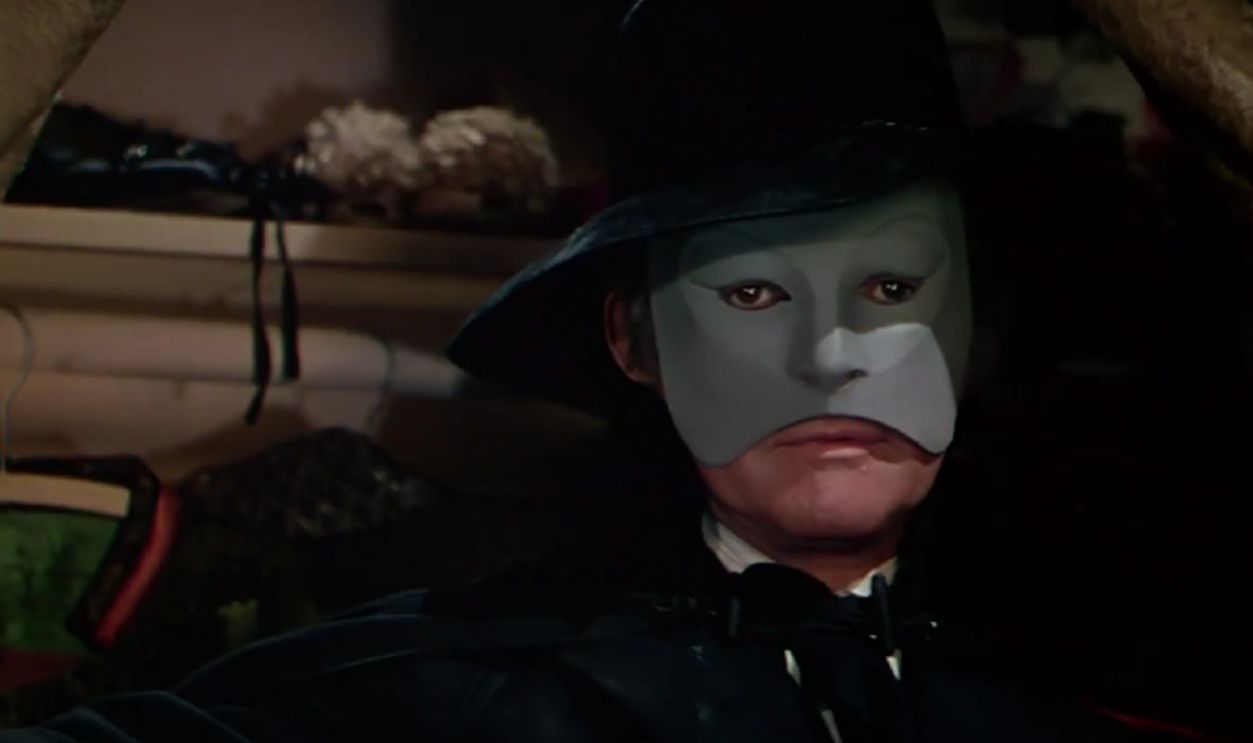 The Phantom Kills His First Victim | Phantom Of The Opera (1943) | Fear by Fear: The Home Of Horror
The Phantom Kills His First Victim | Phantom Of The Opera (1943) | Fear by Fear: The Home Of Horror
Jungle Woman (1944)
Jungle Woman leaned into fears of animal instincts and scientific failure by continuing the tale of Paula, the ape-woman first introduced in Captive Wild Woman. Acquanetta returned to the role, and what the lab awakened could not be contained. It reflected Universal's deeper turn toward experiment-driven horror, too.
 Jungle Woman Review - 1944 Blu-ray - GREAT SEQUEL by MyFireVideos
Jungle Woman Review - 1944 Blu-ray - GREAT SEQUEL by MyFireVideos
Abbott And Costello Meet Frankenstein (1948)
Bela Lugosi returned as Dracula, and monsters growled while punchlines landed. A zany chase brought together Dracula and Frankenstein's Monster, surprising audiences by blending comedy with classic horror. The unexpected success of Abbott and Costello Meet Frankenstein reignited public interest in Universal’s original monster lineup.
Revenge Of The Creature (1955)
Captivity sparked fear and sympathy as 3D thrills remained intact. The Gill-man, trapped in a marine park and studied like a specimen, returned in a sequel that leaned more toward tragedy than spectacle. Clint Eastwood briefly surfaced onscreen, albeit in a minor role.
 Revenge of the Creature (1955) - The Gill-Man Kidnaps Helen Scene | Movieclips by Movieclips
Revenge of the Creature (1955) - The Gill-Man Kidnaps Helen Scene | Movieclips by Movieclips
Creature From The Black Lagoon (1954)
Filmed in 3D, the movie featured underwater choreography by Ricou Browning that gave its creature motion and grace. The Cold War-era tension added a sharp edge to the fear beneath the surface. A ripple stirred, and a legend surfaced in Creature from the Black Lagoon.
 Creature from the Black Lagoon (5/10) Movie CLIP - The Creature, Captured (1954) HD by Movieclips
Creature from the Black Lagoon (5/10) Movie CLIP - The Creature, Captured (1954) HD by Movieclips
The Creature Walks Among Us (1956)
Forced surgery transformed the Gill-man in The Creature Walks Among Us by stripping him of what made him whole. Although he stood among people, he belonged nowhere. The monster’s form shifted, but its tragedy deepened. As the final entry, the film asks what remains when identity is lost.
 'The Creature Walks Among Us' (1956) Original Theatrical Trailer by Rob's Dream Theater
'The Creature Walks Among Us' (1956) Original Theatrical Trailer by Rob's Dream Theater
Monster On The Campus (1958)
Director Jack Arnold, known for Creature from the Black Lagoon, used Cold War fears and university labs to shape a tightly wound story where a professor's contact with a radioactive fish triggers a violent change. Some folks even call it a rare B-movie that did not need a lot of flash to do what it intended to.
 trailer screenshot (Universal Pictures), Wikimedia Commons
trailer screenshot (Universal Pictures), Wikimedia Commons
The Mad Ghoul (1943)
The Mad Ghoul featured George Zucco as a scientist who controlled life with chemistry, using it to transform David Bruce into a hollow-eyed puppet. The film reused sets but hinted at concepts that the 1950s would expand. Gas crept into the mind and twisted thought into blind obedience.
 unknown (Universal Pictures), Wikimedia Commons
unknown (Universal Pictures), Wikimedia Commons
Captive Wild Woman (1943)
Acquanetta's performance added mystery without menace, while real animal footage intensified the body horror. The movie stood out for its ability to balance spectacle with unsettling moments of mutation and control. Captive Wild Woman introduced Paula, surgically changed from ape to human, as the circus lights faded and science claimed center stage.
 Captive Wild Woman • 1943 • Theatrical Trailer by Discape
Captive Wild Woman • 1943 • Theatrical Trailer by Discape
The Strange Door (1951)
The Strange Door, loosely based on Robert Louis Stevenson, featured Charles Laughton as a sadistic noble and Boris Karloff in a rare heroic role. It utilized shadows and pacing to deliver sharp Gothic suspense despite its modest budget. Behind castle walls, madness wore a smile.
 THE STRANGE DOOR "This man must never marry her" Clip by Eurekaentertainment
THE STRANGE DOOR "This man must never marry her" Clip by Eurekaentertainment
The Black Castle (1952)
Boris Karloff appeared in a quiet role as the story unfolded inside an Austrian castle filled with secrets and revenge. The forest, meanwhile, hid more than just shadows beyond its dark silence. The Black Castle’s mix of horror and swordplay matched the tone of The Strange Door.
 🌟 The Black Castle (1952) | English Full Movie 🌟 by Film Horizons
🌟 The Black Castle (1952) | English Full Movie 🌟 by Film Horizons
Night Monster (1942)
Locked rooms echoed with footsteps, though the killer was never seen. In a rare supporting part, Bela Lugosi emerged against a backdrop of moody sets that built an eerie tone. The occult rituals of a paralyzed man seeking revenge formed the core of Night Monster’s chilling story.
 Night Monster (1942) - Movie Review by Old Movie Watching with Rob
Night Monster (1942) - Movie Review by Old Movie Watching with Rob
The Mummy's Curse (1944)
Despite reused footage and a changed setting, the film closed the original mummy arc with creeping dread and a final stumble into legend. The Mummy's Curse moved the Kharis saga to Louisiana, where Lon Chaney Jr returned wrapped in silence and linen.
 trailer screenshot (Universal Pictures), Wikimedia Commons
trailer screenshot (Universal Pictures), Wikimedia Commons
Black Friday (1940)
The story follows a professor whose personality split after a life-saving operation. Though rooted in sci-fi, the movie built its tension on moral decay and shadowy horror. Black Friday brought Boris Karloff and Bela Lugosi together in a twisted tale of brain transplants and criminal duality.
Horror Island (1941)
Universal’s gothic atmosphere and haunted castle backdrop anchored Horror Island firmly in horror tradition, even though it carried light mystery elements. A treasure hunt lured adventurers to a foggy island while real tension built from a hooded killer weaving through secret passages. Horror grew steadily beneath the intrigue.
 Universal Horror Collection: Vol. 3 - Horror Island (1941) - Official Trailer by ScreamFactoryTV
Universal Horror Collection: Vol. 3 - Horror Island (1941) - Official Trailer by ScreamFactoryTV
The Spider Woman Strikes Back (1946)
The Spider Woman Strikes Back revived Universal’s female monster motif with Gale Sondergaard returning in a standalone villain role. Set in a remote house with a deadly secret, it mixed psychological horror with mad science by building unease through isolation and a chilling performance at its center.
 The Spider Woman Strikes Back (1946) Original Trailer by HD Retro Trailers
The Spider Woman Strikes Back (1946) Original Trailer by HD Retro Trailers
The Frozen Ghost (1945)
Part of Universal’s Inner Sanctum series, The Frozen Ghost followed a hypnotist suspected of murder after a man collapses on stage. Lon Chaney Jr’s brooding performance and eerie flashbacks gave this whodunit a dark, horror-infused flavor despite its psychological thriller framework.
 The Frozen Ghost (1945) - Trailer by Classic Movie Trailers
The Frozen Ghost (1945) - Trailer by Classic Movie Trailers
The Thing That Couldn't Die (1958)
The Thing That Couldn't Die followed the discovery of a 16th-century head unearthed on a ranch, still conscious and able to bend wills. Its modest effects didn't stop it from gaining cult status through Creature Features, and it echoed Universal's growing shift into atomic-era themes.
 Film trailer screenshot (Universal Pictures), Wikimedia Commons
Film trailer screenshot (Universal Pictures), Wikimedia Commons

